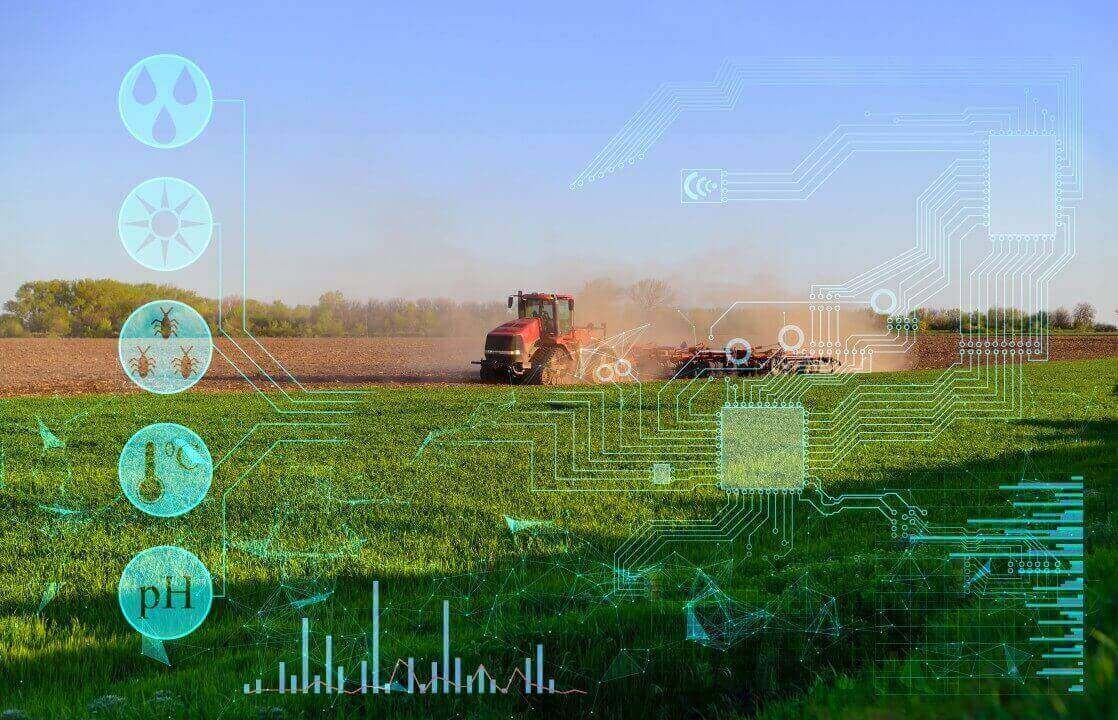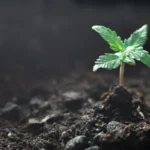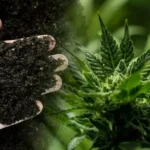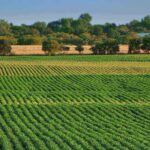The integration of artificial intelligence (AI) into regenerative agriculture is ushering in a new era of sustainable farming. By combining cutting-edge technology with eco-conscious practices, AI empowers farmers to enhance soil health, optimize resources, increase biodiversity, and ultimately ensure more resilient agricultural systems. With applications ranging from soil analysis to global climate insights, AI plays a pivotal role in modernizing regenerative agriculture for both small-scale operations and large commercial enterprises.
AI and Soil Health: Building a Foundation for Sustainability
Soil health is the bedrock of regenerative agriculture. AI-powered tools such as remote sensing, ground sensors and soil analysis platforms offer real-time data on critical soil conditions, including moisture, nutrient levels, and compaction. This data enables farmers to tailor their practices to specific areas, addressing deficiencies with precision and ensuring long-term soil productivity.
AI also enhances efforts in carbon sequestration, a cornerstone of regenerative farming. By leveraging satellite imagery and ground-based data, AI systems monitor soil organic carbon levels and identify areas where practices like cover cropping, no-till farming, and crop rotation can be most effective. These strategies not only improve soil fertility but also help combat climate change by capturing atmospheric carbon dioxide.
Optimizing Crop Management with AI and Remote Sensing
Advanced crop management is another area where AI excels. Machine learning algorithms analyze data from drones, satellites, and on-ground sensors to provide detailed insights into crop health. Early detection of stressors such as pest infestations, water scarcity, and nutrient deficiencies allows farmers to intervene promptly, minimizing losses and improving yield quality.
AI-driven systems can predict pest outbreaks by analyzing weather patterns, soil conditions, and historical data. These proactive measures reduce the need for broad-spectrum pesticides, supporting the regenerative goal of minimizing chemical inputs. Additionally, AI encourages biodiversity by recommending strategies like intercropping and crop rotation, which enhance ecosystem resilience and reduce the vulnerabilities associated with monocultures.
Precision Agriculture: Maximizing Efficiency, Minimizing Waste
Precision agriculture, powered by AI, optimizes resource use by delivering inputs like water, fertilizers, and pesticides with pinpoint accuracy. Smart irrigation systems adjust water delivery based on real-time data, ensuring crops receive the exact amount needed while reducing water waste. Similarly, AI tools identify nutrient deficiencies at specific locations within a field, enabling targeted fertilizer application that avoids overuse and minimizes runoff.
For commercial operations, these efficiencies translate into significant cost savings while also reducing the environmental impact of farming activities. For smaller farms, AI provides an opportunity to maximize output with limited resources, creating a level playing field for sustainable agriculture.
Remote Sensing: Revolutionizing Agricultural Insights
Remote sensing, combined with AI, has revolutionized how farmers gather and analyze data on large agricultural landscapes. High-resolution satellite imagery and aerial data collected by drones provide valuable information on soil variability, crop conditions, and biodiversity. These technologies allow farmers to monitor vast areas efficiently, identifying problem spots and implementing solutions without exhaustive manual labor.
For instance, AI can integrate remote sensing data with historical climate trends to predict drought risks and guide water conservation strategies. This capability is especially vital in regions facing water scarcity, where sustainable irrigation is critical to maintaining productivity.
Scaling Regenerative Practices Globally
AI’s ability to integrate data from multiple sources makes it a powerful tool for scaling regenerative agriculture worldwide. By analyzing patterns in soil health, climate impacts, and biodiversity, AI systems provide actionable insights for farmers, policymakers, and agricultural leaders. These insights enable region-specific strategies to combat soil degradation, mitigate climate change, and enhance food security.
For small-scale farms, AI-powered apps and affordable tools democratize access to technology. Farmers can monitor fields, optimize resources, and adopt regenerative practices without requiring advanced infrastructure. For commercial farms, AI’s scalability allows seamless integration of regenerative principles across large operations.
Challenges and Opportunities
Despite its transformative potential, integrating AI into regenerative agriculture faces hurdles. High implementation costs, the digital divide in rural areas, and concerns over data privacy are significant barriers. Bridging these gaps through public-private partnerships, government support, and advancements in affordable AI technologies will be critical for widespread adoption.
On the bright side, the benefits far outweigh the challenges. AI offers solutions that are scalable, customizable, and adaptable, making it possible to address the unique needs of diverse agricultural systems. Its ability to combine environmental restoration with economic viability positions it as a key driver in the future of farming.
Conclusion
The fusion of artificial intelligence and regenerative agriculture marks a paradigm shift in sustainable farming. From improving soil health and biodiversity to optimizing resource use, AI empowers farmers to achieve productivity while preserving the planet. With continued innovation and accessibility, AI holds the promise of transforming agriculture into a regenerative and resilient system, capable of meeting the demands of a growing population while safeguarding the environment for future generations.





